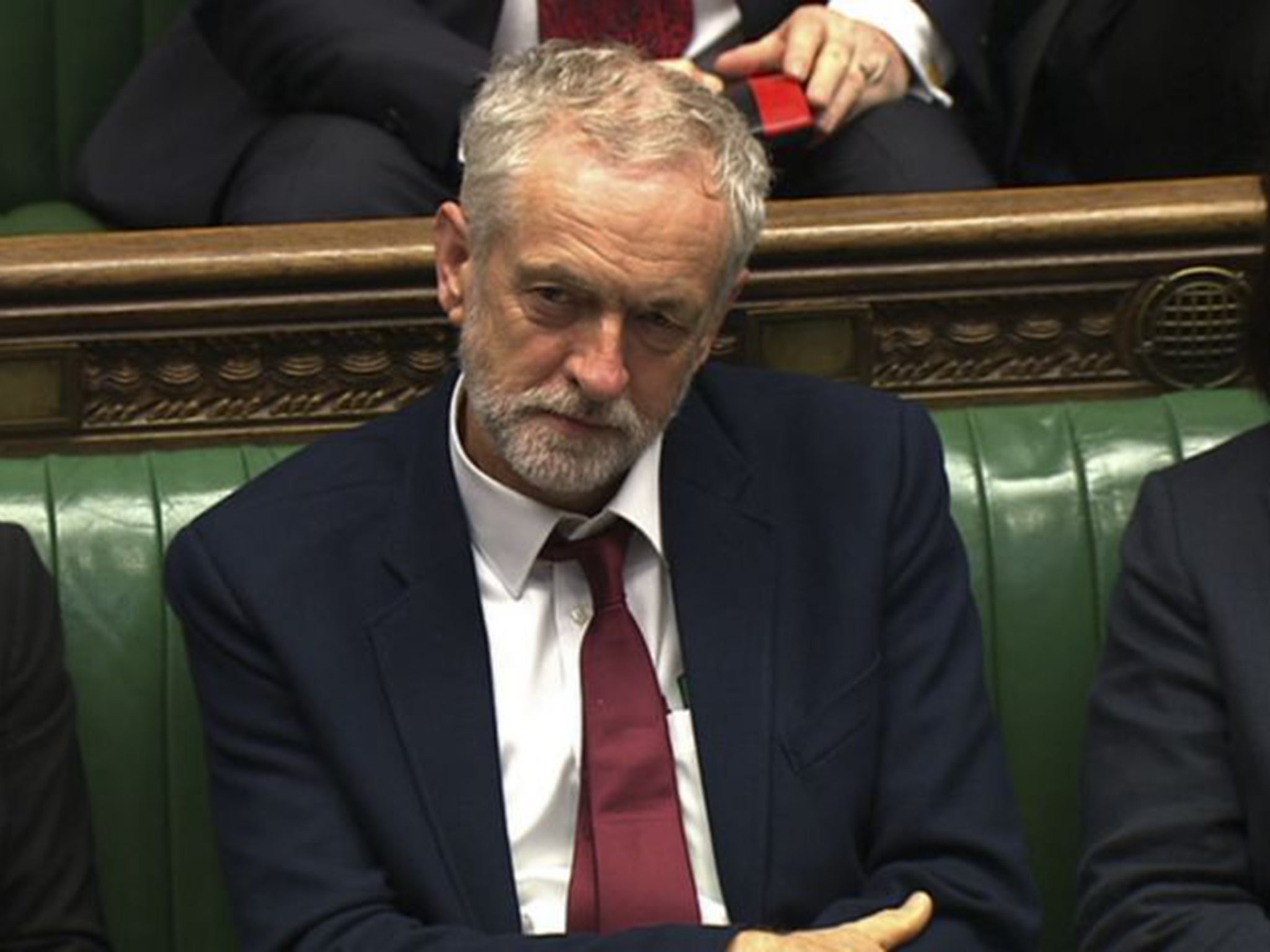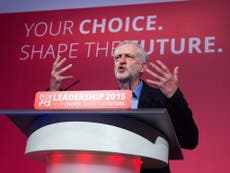People's Quantitative Easing may be the best way to undo the mistakes of the first round of QE
It inflated asset values at the expense of the poor

Peoples’ Quantitative Easing is both radical and dangerous. But it may also be the best tool we have to deal with the legacy of previous policy mistakes.
Jeremy Corbyn has barely had enough time to warm his new office chair so any discussion of his policy agenda must be a little tentative. That said early indications suggest People’s Quantitative Easing (PQE) – a policy of funding infrastructure investment with printed money – will form a corner stone of his economic plan.
In both Westminster and the City PQE has been greeted with a combination of astonishment and derision. Parallels have been drawn with Germany’s hyperinflation in the 1920s and more recently the same outcome in Zimbabwe. Such comparisons cannot and should not be brushed aside. That said we should not dismiss PQE without taking an honest look at the long term dangers of what we now consider to be conventional monetary policy.
History has taught us clear lessons about the dangers of monetising government spending. Monetisation allows governments to boost spending without increasing taxation. Once started governments can rarely wean themselves off the free money drug. They get sucked into a destructive self-reinforcing spiral, obliged to print ever larger quantities of money to maintain economic activity as the real value of their money starts to fall – the end game is spiralling inflation and real economic contraction. In the long run governments can no more print prosperity than engineers can break the laws of physics.
But is today’s “conventional” monetary policy so different?
Over at least two or more decades the governments and central banks of the developed world have, to greater or lesser degrees, managed their economies through the financial markets. Recessions and even the risk of recessions have routinely been countered by boosting asset prices and encouraging ever more private sector borrowing. But these policies are as addictive and ultimately as destructive as monetisation.
Over-inflated asset prices have a nasty habit of crashing back to earth and when they do the private sector tends to try to repay its mountain of debt. The combination of credit contraction with asset deflation then pushes economies into a dangerous deflationary recession. Having run out of room to cut interest rates, our central banks have resorted to fighting these debt deflation forces with direct manipulation of the financial markets through Quantitative Easing – printing money to buy financial assets. We should pause to consider just how radical this nationalisation of financial markets really is.
Quantitative easing has inflated asset values and therefore the wealth of those at the top of the social pyramid who own those assets. On the other hand it has done little to boost the spending power of consumers at the bottom of the social pyramid and therefore done little to encourage businesses to increase investment spending. Worse still these higher asset values and higher debt levels may have actually depleted the spending power of consumers through larger mortgages, higher rents, student loans and the necessity for larger pension provisions.
In short, boosting economic activity through the financial markets is a fool’s errand leading to unstable, low growth, high-debt economies and ultimately to debt deflation.
Ironically the antidote to the policies which have culminated in Quantitative Easing may now be Corbyn’s PQE.
If calibrated correctly – and that is a big ask – the monetised spending of PQE could be used to boost inflation, thereby reducing the real burden of our accumulated debt, while the infrastructure spending could inject extra demand into the base of the social pyramid through higher employment.
Corbyn’s PQE could be the correct policy for the risks facing our economy in future years. But we should view all monetary policy like medicine. Used to excess PQE will turn toxic and could do more damage than the original disease. Finding the correct dose of PQE will require considerable skill. Avoiding becoming addicted to PQE will require even more self-discipline.
Put more simply Quantitative Easing has probably bought us no more than a temporary asset bubble. At the very least with PQE we may get some useful infrastructure – the Americans are still using the Hoover dam today.


Join our commenting forum
Join thought-provoking conversations, follow other Independent readers and see their replies